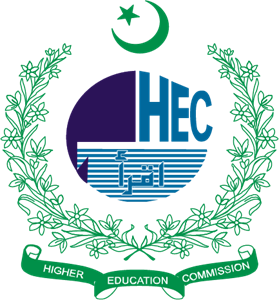EFFECTIVENESS OF RESPIRATORY MUSCLE TRAINING FOR PULMONARY FUNCTION IN POST OPERATIVE PATIENTS
DOI:
https://doi.org/10.52442/rjhs.v5i1.338Abstract
ABSTRACT
Introduction: In cardiopulmonary respiratory muscles plays a vital role which is mostly affected in postoperative patients and leads to further respiratory complications. Training of respiratory muscles is important to improve the respiratory health status so that the threat of respiratory complications is reduced. This review aims to see whether it is effective to improve pulmonary function in postoperative patients.
Material & Methods: Literature for this review was searched by using databases like PubMed, Pedro, Cochrane, and google scholar. In this review the included articles were published between 2010 to 2020. All RCT articles were included in this review showing results regarding the effectiveness of the respiratory muscle technique.
Results: The review comprises 6 studies all of which show that the respiratory muscle technique is effective.
Conclusion: In order to improve the pulmonary function of postoperative patient’s respiratory muscle training is effective.
Key Words: Inspiratory Muscle Training, Respiratory Function, Respiratory Muscle Training, Trunk Stability.






